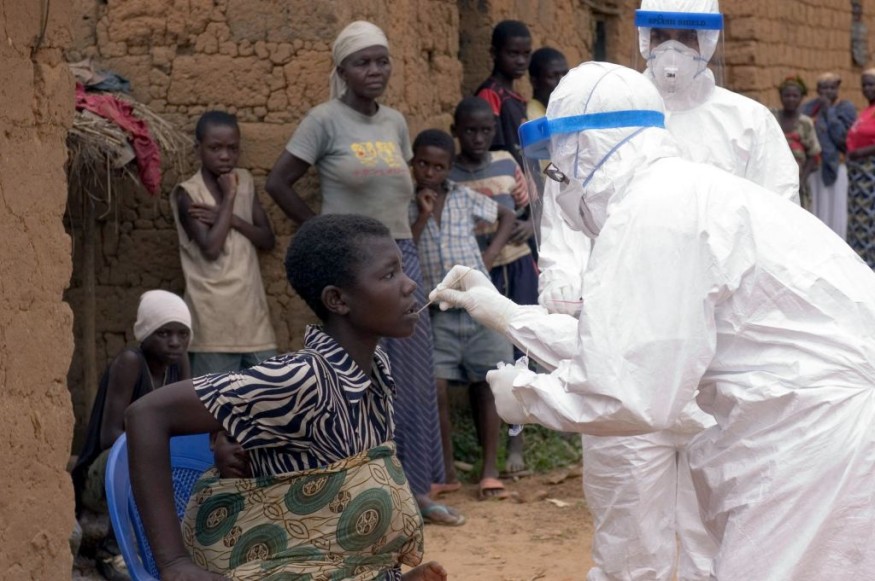
The Marburg virus, a deadly pathogen closely related to Ebola, has caused its first recorded outbreak in Rwanda, killing 13 people and infecting 58 more.
This outbreak, officially announced on Sep. 27, is among the largest ever documented, and experts predict swift containment.
However, they also warn that Marburg virus outbreaks have been occurring with increasing frequency over recent years, suggesting a concerning trend.
Rwanda Faces First Marburg Outbreak
The Marburg virus is part of the filovirus family, which includes the notorious Ebola virus. The virus causes severe viral hemorrhagic fever with symptoms ranging from high fever, headache and malaise to severe internal and external bleeding.
Symptoms typically begin with a sudden fever and muscle pain, followed by nausea, vomiting and diarrhea. In the most serious cases, bleeding from the nose, gums and other body parts occurs.
According to the World Health Organization (WHO), the virus has a mortality rate that can range from 25% to 90%, depending on the outbreak.
In Rwanda, the outbreak has put healthcare workers on high alert. According to the Rwandan Ministry of Health, this virus has now spread across seven districts. Doctors are currently monitoring hundreds of people who have been in contact with infected individuals, said Nature.com.
Health workers in the country are using various preventive methods, such as isolating infected people and using protective gear, to curb further spread. Additionally, the Ministry of Health is rigorously testing all patients presenting with fever to rule out the virus.
Experts believe that environmental changes, including climate change and deforestation, are creating conditions that allow the virus to spread more easily. Dr. Caroline Ryan, a global-health expert, has explained that humans are increasingly coming into contact with wildlife due to shrinking natural habitats. This, in turn, raises the chances of zoonotic diseases-illnesses that jump from animals to humans.
In the case of the Marburg virus, Egyptian Rousette bats are considered primary carriers, and the virus can transfer to humans when people come into contact with these bats or their droppings.
Adam Levine, an emergency-medicine physician from Brown University, notes that the world must prepare for more frequent outbreaks of diseases like Marburg, adding, "Outbreaks of animal-transmitted diseases are going to continue to become more frequent. The world really has to just be ready for that."
CDC Issues Travel Advisory
The Centers for Disease Control and Prevention (CDC) has issued a Level 3 travel advisory for Rwanda, advising travelers to reconsider nonessential travel to the area due to the outbreak.
According to the CDC, the initial symptoms of the Marburg virus resemble those of other tropical diseases, complicating diagnosis. The lack of specific treatment options, such as vaccines or approved antiviral drugs, makes supportive care essential.
Doctors in Rwanda are conducting clinical trials for an experimental Marburg vaccine, hoping it may help combat the virus in the future. Additionally, they are exploring the use of remdesivir, an antiviral drug initially developed for COVID-19, to treat Marburg. Although remdesivir showed promise in animal trials, its effectiveness in human cases remains uncertain.
Public health experts caution that, due to the lack of available treatments, containment is critical. Rwanda has ramped up its testing efforts, likely leading to a higher number of reported cases.
The WHO considers an outbreak over when no new infections have been reported for 42 days, equivalent to two incubation cycles of the virus. Experts hope that if preventive measures remain effective, the outbreak will be contained within the coming weeks.
© 2025 ScienceTimes.com All rights reserved. Do not reproduce without permission. The window to the world of Science Times.












